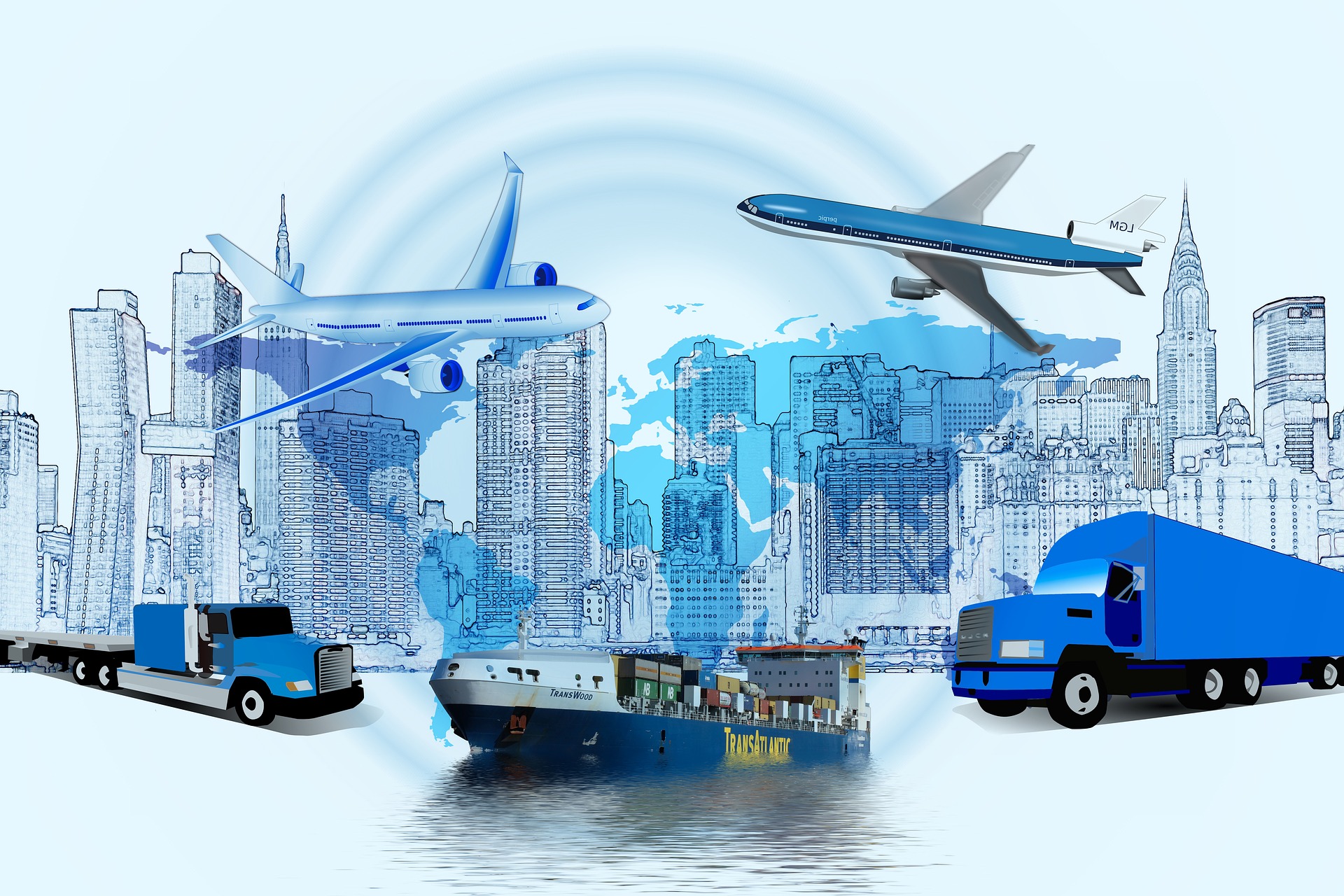Freight Services Explained: Options for Your Shipping Needs
When it comes to moving large items or substantial quantities of goods, understanding your freight shipping options is crucial. Whether you're relocating a business, sending equipment across the country, or managing a supply chain, choosing the right freight service can save you time, money, and headaches. This comprehensive guide will explore various freight shipping methods, their benefits, and how to select the best option for your specific needs.

What are the main types of freight services available?
Freight services come in several forms, each tailored to different shipping requirements. The most common types include:
- Less-than-truckload (LTL): Ideal for smaller shipments that don’t require a full truck.
- Full truckload (FTL): Best for large shipments that can fill an entire truck.
- Intermodal: Combines multiple modes of transportation, such as truck and rail.
- Air freight: Fastest option for time-sensitive shipments, especially over long distances.
- Ocean freight: Cost-effective for international shipping of large volumes.
Understanding these options is the first step in determining the best shipping method for your specific needs.
How do you choose the best shipping method for your freight?
Selecting the optimal freight shipping method depends on several factors:
- Size and weight of the shipment
- Distance to be traveled
- Time sensitivity
- Budget constraints
- Type of goods being shipped
For instance, if you’re shipping a small quantity of goods domestically, LTL might be your best bet. However, for large international shipments, ocean freight could be more cost-effective. Consider each factor carefully to determine which method aligns best with your shipping requirements.
What are the benefits of using freight services for heavy shipments?
Freight services offer numerous advantages when dealing with heavy shipments:
- Cost-effectiveness: Freight shipping can be more economical for large or heavy items compared to standard shipping methods.
- Specialized equipment: Freight carriers have the necessary tools and vehicles to handle oversized or oddly-shaped items.
- Enhanced security: Many freight services offer tracking and insurance options for valuable shipments.
- Flexibility: With various service levels available, you can choose the right balance of speed and cost.
- Expertise: Freight companies have experience in handling complex logistics, customs procedures, and regulations.
These benefits make freight services an attractive option for businesses and individuals dealing with substantial shipping needs.
How can you optimize your freight shipping strategy?
To make the most of freight services and potentially reduce costs, consider these strategies:
- Consolidate shipments: Combine multiple orders into a single shipment when possible.
- Plan ahead: Book shipments in advance to avoid rush fees and secure better rates.
- Use proper packaging: Ensure items are well-protected to prevent damage and additional charges.
- Compare quotes: Get estimates from multiple providers to find the best deal.
- Consider timing: Off-peak shipping times may offer lower rates.
By implementing these tactics, you can streamline your shipping process and maximize the benefits of freight services.
What are some common challenges in freight shipping and how to overcome them?
While freight shipping offers many advantages, it’s not without its challenges. Here are some common issues and solutions:
- Delayed shipments: Choose carriers with good track records and consider expedited services for time-sensitive items.
- Damage during transit: Invest in proper packaging and insurance for valuable goods.
- Complex regulations: Work with experienced freight forwarders who understand international shipping laws.
- Fluctuating fuel costs: Look for carriers with fuel surcharge policies that align with market rates.
- Capacity constraints: Book shipments early, especially during peak seasons.
Being aware of these potential hurdles and having strategies to address them can help ensure a smoother shipping experience.
How do freight service providers and costs compare?
When selecting a freight service provider, it’s essential to compare options and understand the associated costs. Here’s a comparison of some major freight service providers and their offerings:
| Provider | Services Offered | Key Features | Cost Estimation |
|---|---|---|---|
| FedEx Freight | LTL, FTL, Intermodal | Extensive network, time-definite delivery | $500-$2000 for LTL, $1500-$5000 for FTL |
| UPS Freight | LTL, FTL, Specialized freight | Guaranteed services, easy-to-use technology | $450-$1800 for LTL, $1400-$4800 for FTL |
| XPO Logistics | LTL, FTL, Intermodal, Last Mile | Advanced tracking, specialized services | $480-$1900 for LTL, $1450-$4900 for FTL |
| Old Dominion Freight Line | LTL, Expedited | High on-time delivery rate, comprehensive coverage | $470-$1850 for LTL |
| J.B. Hunt | Intermodal, FTL, LTL | Extensive rail network, temperature-controlled options | $1300-$4700 for FTL, $600-$2200 for Intermodal |
Prices, rates, or cost estimates mentioned in this article are based on the latest available information but may change over time. Independent research is advised before making financial decisions.
In conclusion, freight services offer a range of options to meet diverse shipping needs. By understanding the various methods available, their benefits, and potential challenges, you can make informed decisions about your shipping strategy. Whether you’re dealing with heavy shipments, time-sensitive deliveries, or international transport, there’s a freight solution that can help streamline your logistics and potentially save on costs.
The shared information of this article is up-to-date as of the publishing date. For more up-to-date information, please conduct your own research.




